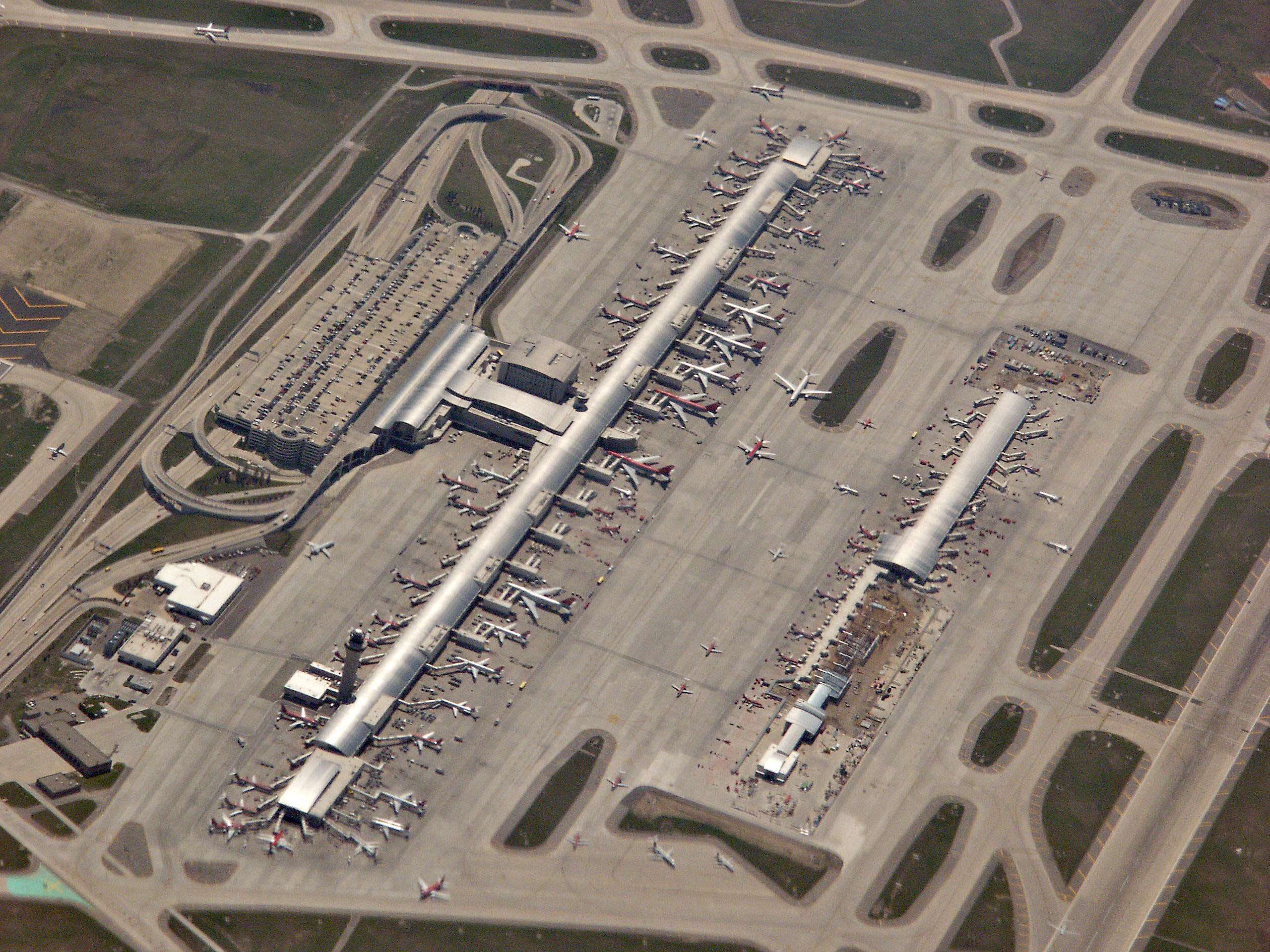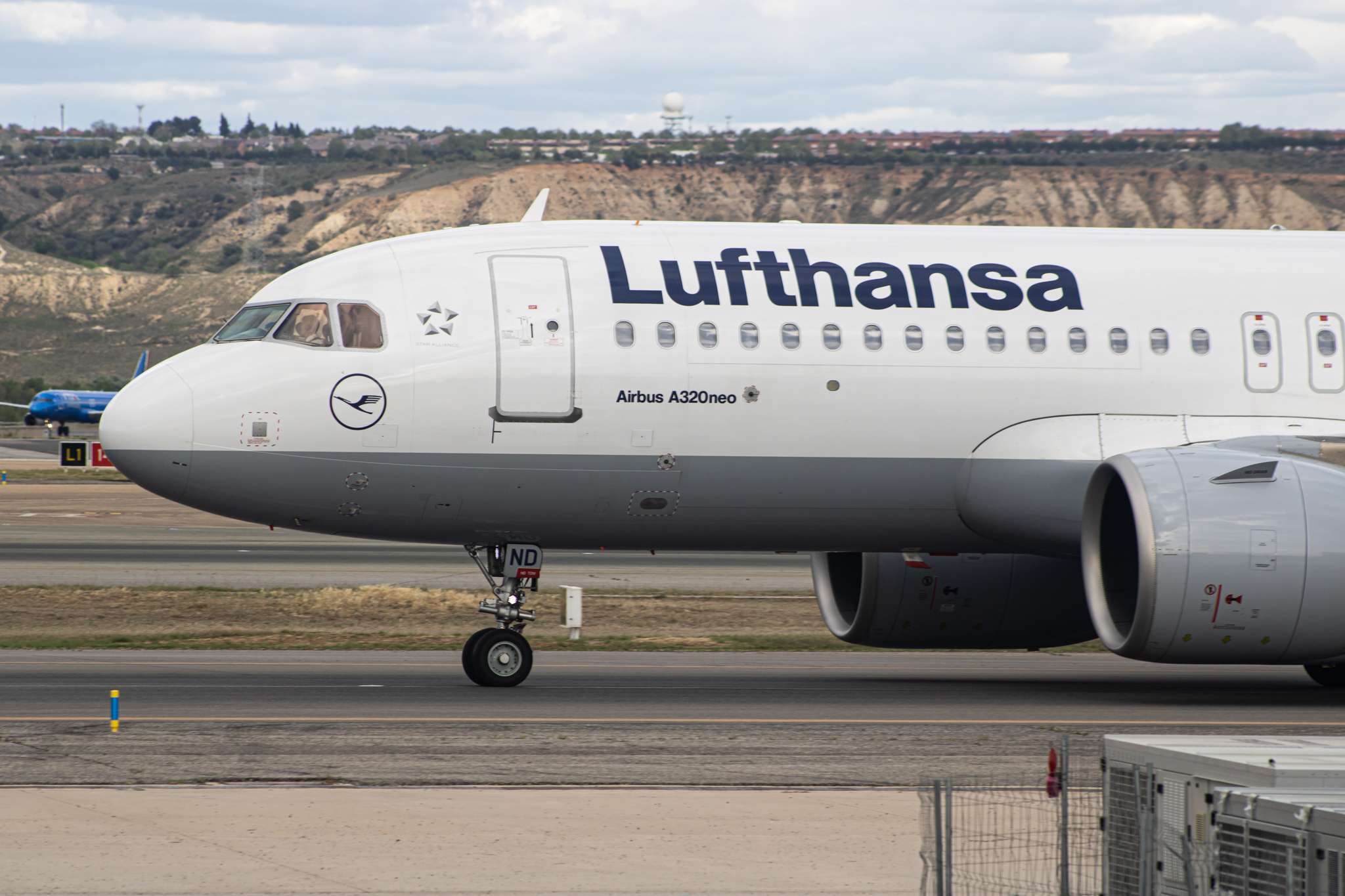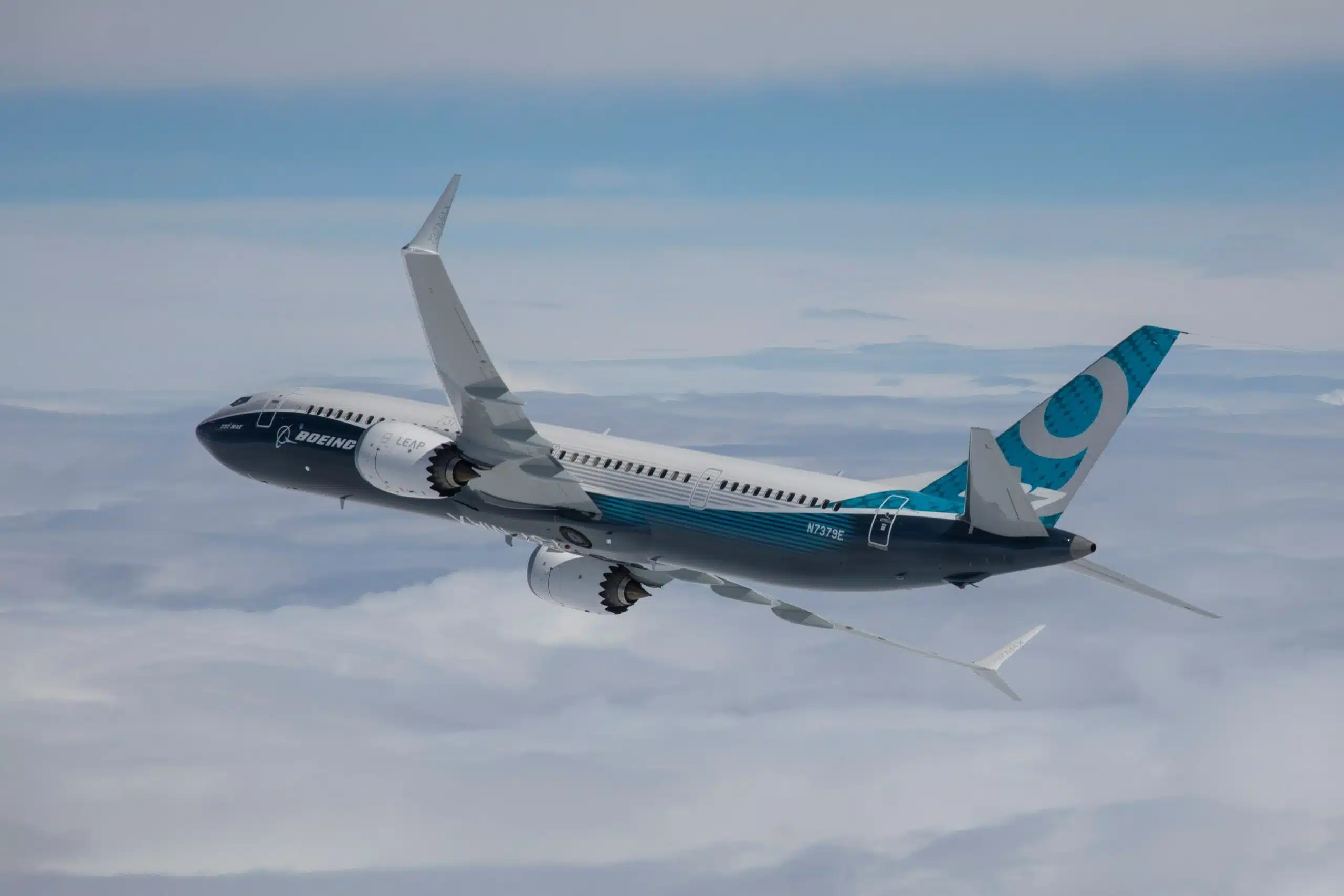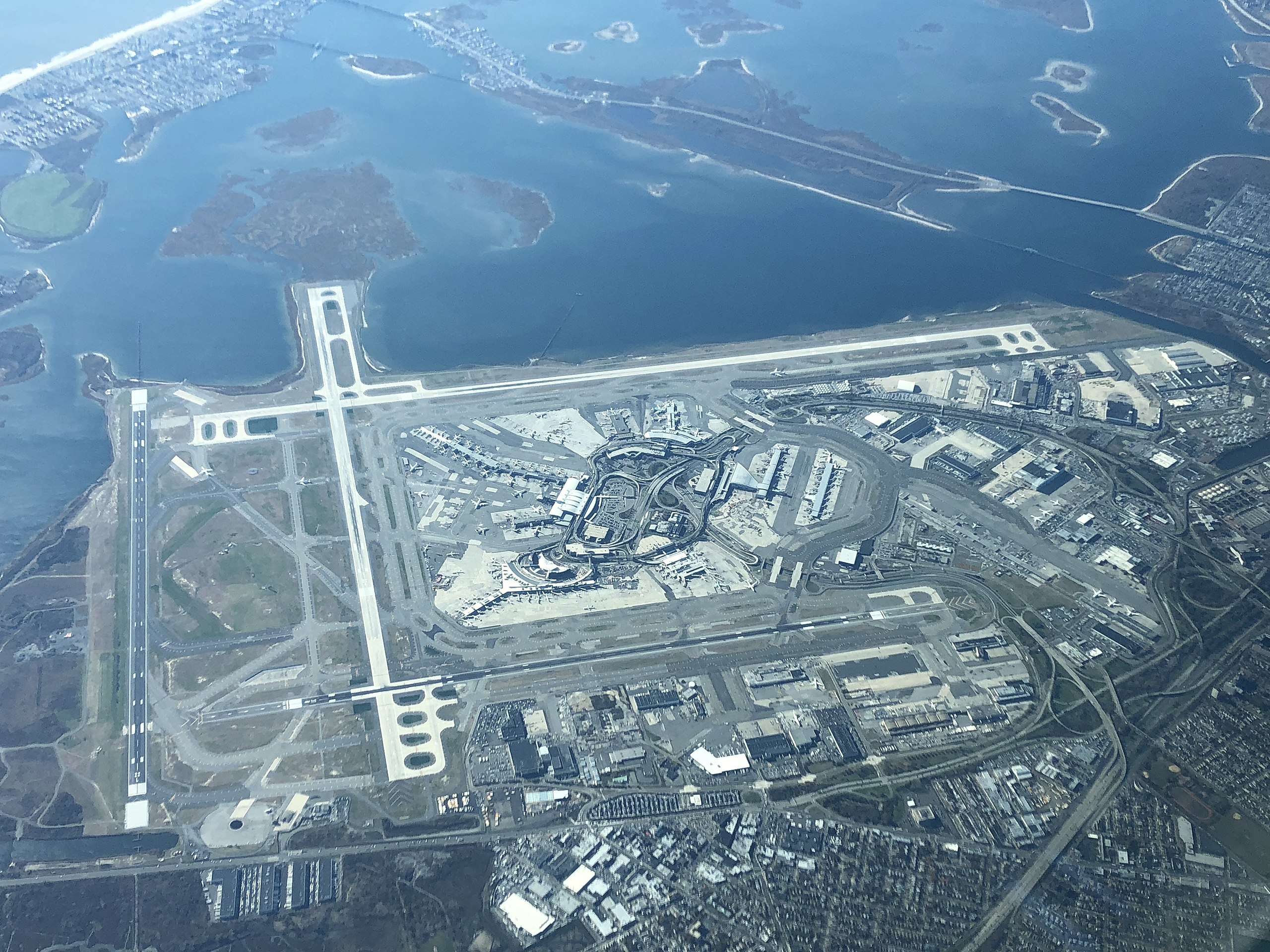Detroit Metropolitan Wayne County Airport (DTW), Michigan’s busiest airport, boasts a rich history intertwined with the evolution of air travel.
From its modest beginnings as a single dirt runway to a thriving international hub, DTW has played a pivotal role in connecting Detroit and the surrounding region to the world.
Early Days: Taking Flight at Detroit Metropolitan Wayne County Airport (1929-1946)
The story of DTW begins in 1929, shortly after Charles Lindbergh’s historic transatlantic flight.
Recognizing the potential of air travel, the City of Detroit purchased 660 acres of land in Romulus, Michigan, for the construction of an airport.
The “Detroit City Airport,” as it was initially called, consisted of a single, unpaved runway.
Commercial air service arrived in 1930 with the inaugural flight by Transcontinental Air Transport (TAT), later to become TWA.
By 1933, the airport had been renamed “Detroit Municipal Airport” and featured a paved runway and basic terminal facilities.
World War II significantly impacted the airport’s development.
The federal government requisitioned control, using it as a training base for military pilots.
This wartime expansion included the construction of additional runways and hangars, laying the groundwork for future growth.
Post-War Boom: The Rise of a Major Hub (1946-1970s)
Following the war, air travel experienced a surge in popularity.
Detroit Municipal Airport saw a corresponding increase in passenger traffic.
In 1947, the City of Detroit partnered with Wayne County to form the Wayne County Airport Authority, tasked with overseeing the airport’s operations.
The 1950s marked a period of significant development at DTW. The first permanent terminal building, the “Passenger Terminal Building,” opened in 1950.
A jet-age expansion followed in the 1960s, with the construction of a new terminal specifically designed to accommodate the larger, faster jet aircraft entering service.
This expansion also included the addition of a new control tower and extended runways.
During this period, Detroit Municipal Airport officially adopted the name “Detroit Metropolitan Wayne County Airport” (DTW) to better reflect its regional significance.
Additionally, Detroit Wayne County Airport emerged as a major hub for Northwest Orient Airlines (later Northwest Airlines), which established a strong presence at the airport.
The Delta Era and Expansion (1970s-2000s)
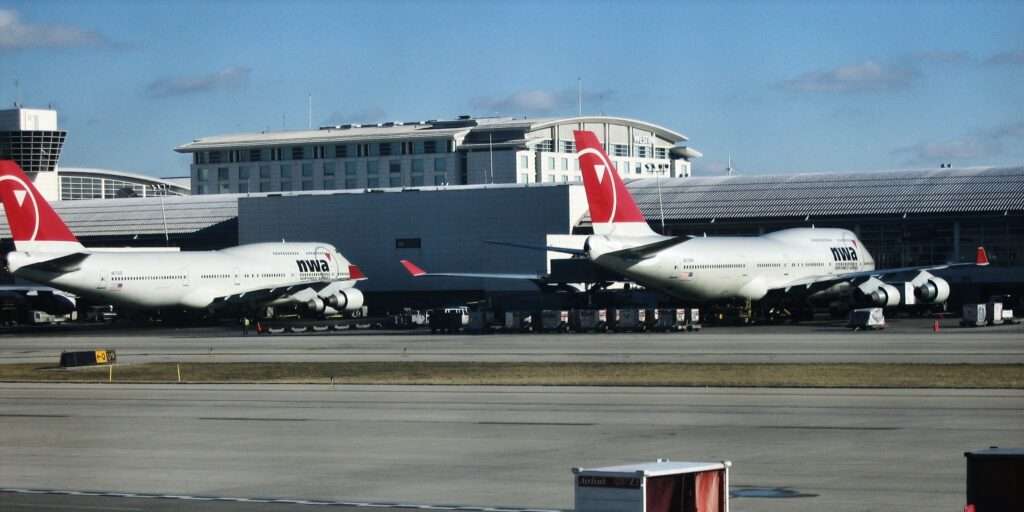
The 1970s saw a shift in DTW’s dominant carrier.
Northwest Airlines faced financial difficulties, and Delta Air Lines began to expand its operations at the airport.
By the 1980s, Delta had established Detroit Wayne County Airport as its primary hub for flights to Asia, solidifying the airport’s position as a major international gateway for the eastern United States.
The 1980s and 1990s witnessed continued growth at DTW.
The expansion included the McNamara Terminal, a state-of-the-art facility featuring modern amenities and increased gate capacity.
Additionally, the North Terminal was renovated and expanded.
Detroit Wayne County Airport also saw the arrival of new airlines and increased service to domestic and international destinations.
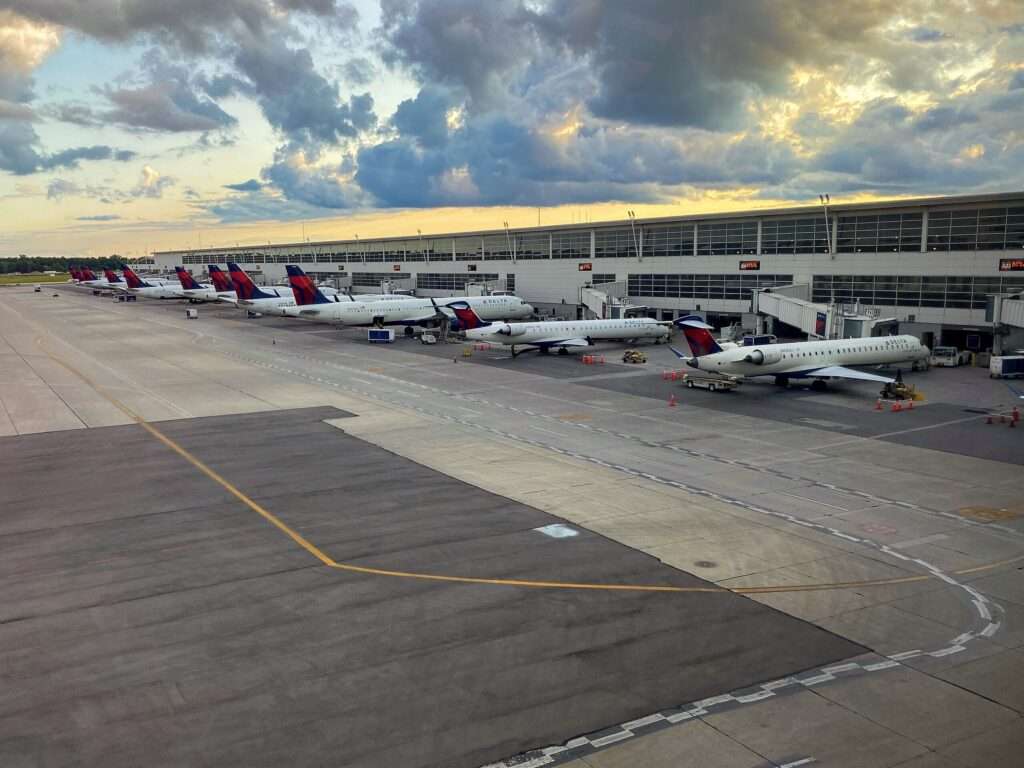
By the early 2000s, DTW had become a major hub for not only Delta but also for Spirit Airlines, which established Detroit as a focus city.
Challenges and Modernization (2000s-Present)
The early 2000s brought new challenges to DTW.
The September 11th terrorist attacks significantly impacted the airline industry, leading to a decline in passenger traffic.
Additionally, the automotive industry downturn in Detroit negatively affected the regional economy, further impacting air travel demand.
Despite these challenges, Detroit Wayne County Airport continued to invest in modernization projects.
The focus shifted towards improving passenger experience and operational efficiency.
The Wayne County Airport Authority implemented a multi-billion dollar capital improvement program that included renovations to terminals, upgrades to technology infrastructure, and the expansion of cargo facilities.
DTW also actively pursued new air service options, attracting additional airlines and destinations.
This strategy helped to diversify the airport’s offerings and mitigate its dependence on a single carrier.
Today, Detroit Metropolitan Wayne County Airport remains a vital transportation hub for Michigan and the surrounding region.
It boasts a robust network of domestic and international flights, serving as a major economic engine for the area.
As Detroit Wayne County Airport looks towards the future, it continues to invest in innovation and sustainability, ensuring its place as a leading airport in the years to come.

Click the banner to subscribe to our weekly newsleter.

Click the photo to join our WhatsApp channel so then you can stay up to date with everything going on in the aviation industry!


